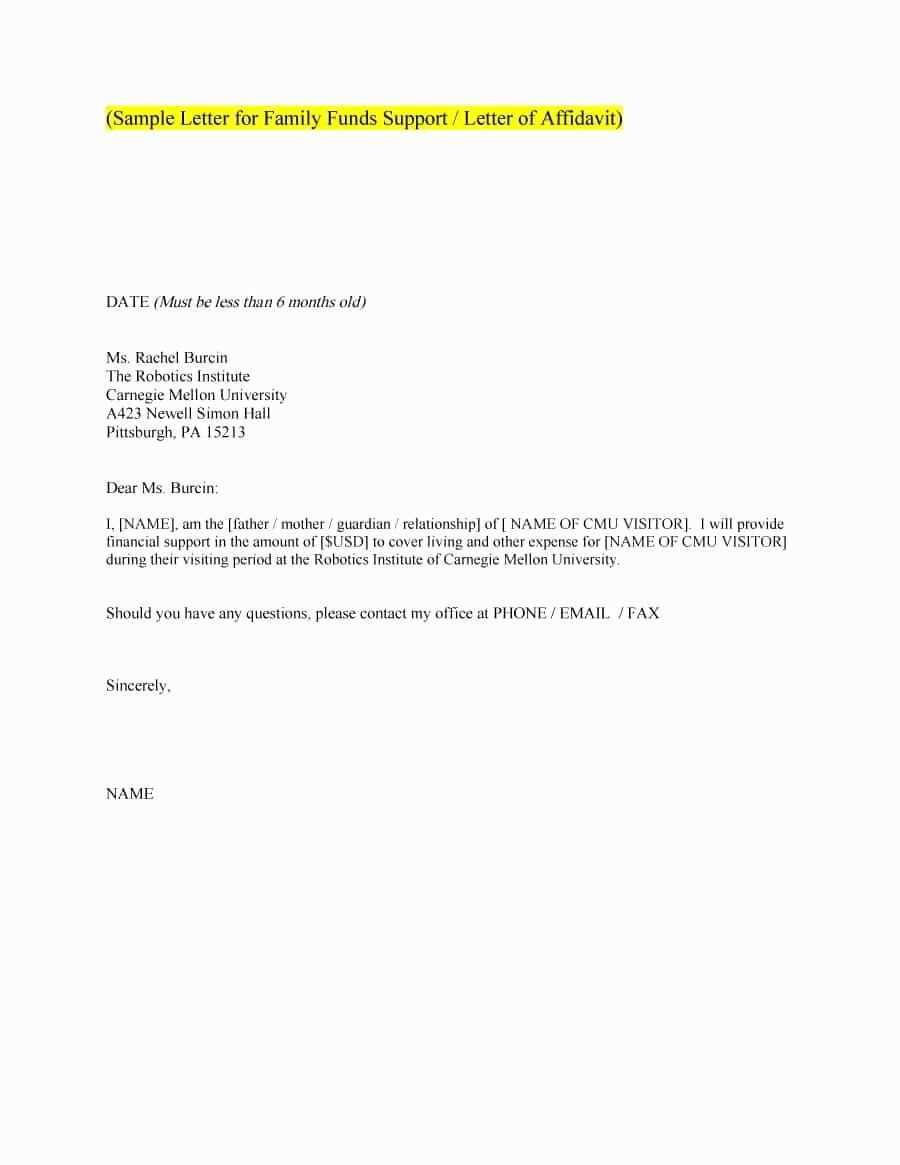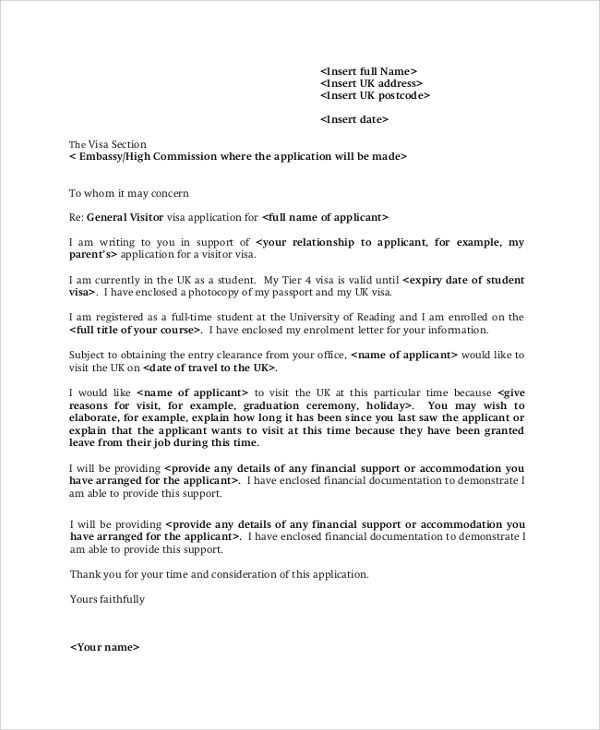Long term missionary support letter template

Crafting a compelling support letter for long-term missionary work requires clarity and genuine connection with potential supporters. Start by stating the purpose of your mission and the impact you aim to achieve. Share your personal story, describing how your faith and experiences have led you to this calling. Use specific examples of your past involvement in missionary work to illustrate your commitment and vision.
Provide an outline of the mission’s goals and how the support will be utilized. Be transparent about the financial needs, detailing the costs involved, such as travel, accommodation, materials, and other essentials. This will help your supporters understand where their contributions are going and how they can make a difference.
Conclude the letter with an invitation for prayer and continued partnership. Offer multiple ways to support, whether through prayer, financial contributions, or other forms of assistance. Express gratitude for their time and consideration, making it clear that their involvement, no matter the size, is deeply appreciated.
Long Term Missionary Support Letter Template
Begin with a personalized greeting. Address the reader by name if possible, making it feel more personal and engaging.
Clearly explain your mission and its purpose. Be specific about where you will be serving, what your role will be, and the needs you will be addressing. Highlight your commitment and dedication to the work.
Next, share the financial requirements and support needed. Provide a breakdown of costs to help supporters understand where their contributions will go. This transparency builds trust.
| Expense Type | Amount |
|---|---|
| Travel Expenses | $2,000 |
| Living Costs | $1,500/month |
| Ministry Supplies | $500 |
| Miscellaneous | $300 |
Request specific support amounts or one-time donations. Also, suggest recurring giving options. Offer different ways for people to contribute, such as checks, online platforms, or direct transfers.
Share how their support will make an impact, including examples of how their contributions directly contribute to the mission’s success. Thank them for considering their involvement and express genuine gratitude.
Finally, provide your contact details, including email and phone number, for any follow-up questions or updates. Let them know you’re available for further conversations and updates.
End with a sincere closing, expressing appreciation for their time and potential support.
Crafting a Personal Story to Engage Your Audience
Share an experience that deeply impacted your mission work. Focus on moments that resonate emotionally with your readers, like witnessing a life transformation or overcoming a challenge. Avoid generic descriptions and dive into specifics–where you were, who you met, and how those interactions shaped your path.
Use vivid imagery and sensory details to make your story come alive. Let readers feel the emotions you felt at that moment. Whether it’s the warmth of a local community or the stark contrast between your life and theirs, the more real you make it, the more people can connect with your message.
Highlight the ongoing nature of your work and show how their support directly affects your mission. Demonstrate the impact of their involvement with concrete examples. For instance, mention a child’s education or a community’s access to clean water, showing how their contribution makes those changes possible.
End with a clear call to action. Encourage your readers to take the next step in supporting you, whether through prayer, financial contributions, or sharing your story. Make it personal and direct, reminding them how they’re part of something bigger. Keep it simple and actionable, guiding them on how they can make a tangible difference.
Clearly Explaining the Purpose of Your Mission and Goals

Clearly state the specific objectives of your mission. Use concise language to describe what you aim to accomplish and how it aligns with your values. Break down your mission into actionable goals that are measurable and achievable. Whether it’s providing support in a particular area, sharing a message, or creating long-lasting impact, describe the tangible outcomes you want to see.
Highlight the impact your mission will have on the community you’re working with. Mention how it will address specific needs, challenges, or gaps in the region you are focused on. Avoid generalities and focus on the practical ways your work will make a difference.
Focus on how you will work toward these goals. Will you collaborate with local organizations? What strategies will you use to ensure sustainable success? Briefly outline your plan and explain why these steps are necessary for achieving your mission.
Being clear about your mission’s objectives not only helps potential supporters understand your vision but also builds trust by showing that your goals are actionable and based on real needs.
Outlining Financial Needs and Support Options
Clearly present your financial requirements to ensure transparency. Break down the total amount needed for the mission, specifying monthly or annual expenses, travel costs, and any special project funds. This allows supporters to understand exactly where their contributions are going.
Include detailed categories for support, such as:
- Living Expenses: Housing, food, utilities, and personal costs.
- Ministry Costs: Resources, supplies, and community outreach expenses.
- Travel Expenses: Airfare, transportation, visas, and insurance.
- Emergency Fund: A contingency for unexpected needs.
Offer options for potential supporters to give. Suggest monthly or one-time contributions and provide details on how to donate, whether through online platforms, checks, or direct bank transfers. Additionally, outline any tax-deductible benefits or incentives for financial gifts.
Highlight the flexibility of giving and how even smaller donations add up over time. This can encourage a broader range of supporters to commit, no matter their financial ability.
Provide a clear call to action, ensuring people know how to get involved immediately. Include a link to donation pages and additional contact information for those who have questions.
Highlighting the Importance of Prayer and Spiritual Support

Prayer serves as the backbone of missionary work. It not only sustains the individual in their efforts but also strengthens the connection with the communities they serve. Engaging in regular prayer allows you to align your purpose with God’s will, providing the necessary guidance and perseverance for each day.
How Prayer Empowers Missionaries
- Prayer provides spiritual refreshment. Missionaries often face challenges, and prayer becomes their source of strength to keep moving forward.
- Prayer invites God’s intervention. Asking for divine wisdom in decision-making or direction helps missionaries remain aligned with their mission.
- Prayer fosters peace. Amidst hectic schedules, prayer helps maintain inner calm and focus, reducing anxiety and stress.
Building a Strong Network of Spiritual Support
Spiritual support extends beyond prayer. It involves a community of believers who consistently uphold missionaries in their efforts. Establishing regular communication with those who pray for you creates a solid support system.
- Establish regular prayer partners or groups. Having people who commit to praying specifically for your mission can make a profound difference.
- Share specific prayer requests. The more detailed your requests, the more focused and effective the prayer support becomes.
- Encourage spiritual check-ins. Regular updates with your prayer partners create an ongoing bond and deeper understanding of the challenges you face.
How to Close the Letter: Gratitude and Call to Action

Begin your closing with a sincere expression of gratitude. Acknowledge the recipient’s time and consideration. For example, “Thank you for taking the time to read this letter and for your ongoing support.” Make it personal and genuine. Let them know how their involvement impacts the mission, showing that you truly value their partnership.
Expressing Gratitude
Be specific about the ways their support has helped. For instance, “Your generous contributions have allowed us to provide essential resources to communities in need.” This highlights the direct effect of their help, making it clear that their role is meaningful.
Call to Action
Encourage them to take the next step in supporting the mission. Whether it’s through financial giving, prayer, or spreading the word, give them clear, actionable steps. You might say, “We invite you to join us in prayer for the next phase of this mission, or consider a monthly contribution to sustain our work.” Offering options makes it easy for them to continue their support in a way that suits them.
Close by reiterating your gratitude with a warm, inviting tone. “Thank you once again for being part of this mission. Your involvement means more than words can express.” Finish with a hopeful note, reminding them of the importance of their role. Sign off with a personal touch, such as your name or team name, to maintain a personal connection.